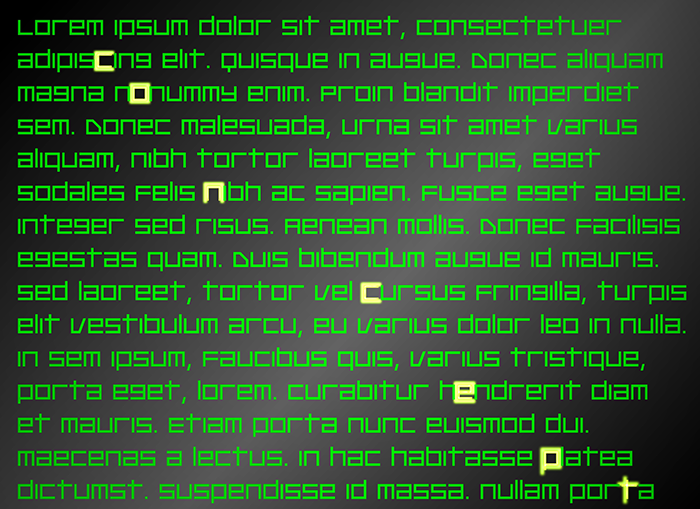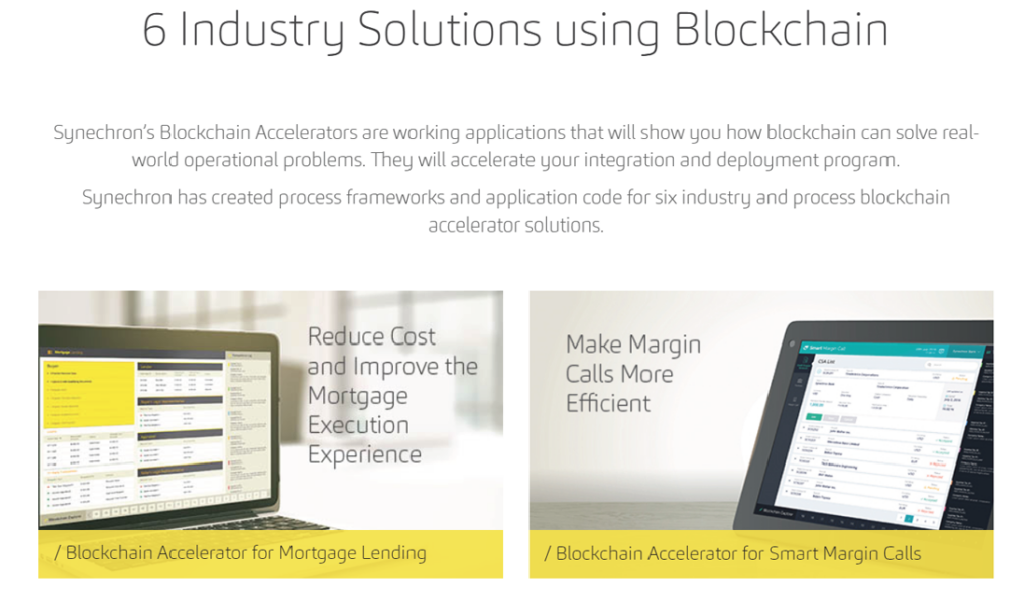
Random Notes on Technology and Marketing
In this week’s Canright newsletter, we take a look at different ways to present information to new hires during the onboarding phase. With focused and digestible onboarding, we can avoid overwhelming new hires with information.
Focused and Digestible Onboarding
New hires face an overwhelming amount of information when they start out. From logging into email to understanding a full proprietary product suite, it’s an undertaking to absorb all the information you need and hit the ground running. To give new employees the best start, it’s best to focus on key areas, give the employee the resources they need, and provide information in digestible bites.
Why
- Empowering the new hire without overwhelming them will promote a good employee experience.
Use Cases
- New hire briefings and demos
- Reference resources
Method
- Use in-person demos as an opportunity to connect the new hire with key contacts in the organization. But keep it light! Keep in-person demos and overviews short and targeted. Follow up with recordings and other resources so that the new hire can review at their own pace and reference when needed.
- Gather helpful resources tailored to the new hire’s responsibilities. Group them by areas. For example: HR, Organization Background, Product Overviews, Team Resources, Day-to-Day References.
- Link directly to topics of interest in knowledge bases and other organizational resources. This will help them get used to the layout, contents, and user experience without making them search for an unfamiliar system.
Onboarding Knowledge Base
In highly technical businesses, having a clear, concise way of presenting information internally is often a struggle. It can lead to slower onboarding and overall less clarity in exactly which practices make your business run well. A strong knowledge base collects all of the data and documentation needed to make a business run and presents it in an easy-to-follow format.
Why
- Lends internal transparency to how onboarding processes and procedures work.
Use Cases
- Onboarding documents to let new hires know how processes really work and how to use tools and software.
- Clarity on what the day-to-day looks like from an outside or executive perspective.
- Identifying areas in which new documentation is needed, or where current practices may not make sense.
Method
An ideal knowledge base isn’t that hard to set up — wiki software allows for a well-organized, fully searchable archive of all relevant information, split by topics that pinpoint exact areas of focus throughout your business. For the best results, aiming for a holistic view of what a business does, in a process-oriented way, can make a huge difference in shining a light on exactly how your business really operates and what’s being accomplished.
Communications Conversations is a weekly recap of the solutions and themes we’ve been working on. At Canright Communications, we’ve spent decades helping clients market and sell their ideas, innovations, products, and solutions through clear technical communications and marketing writing.
Contact us if you’re interested in our services at collin@canrightcommunications.com




